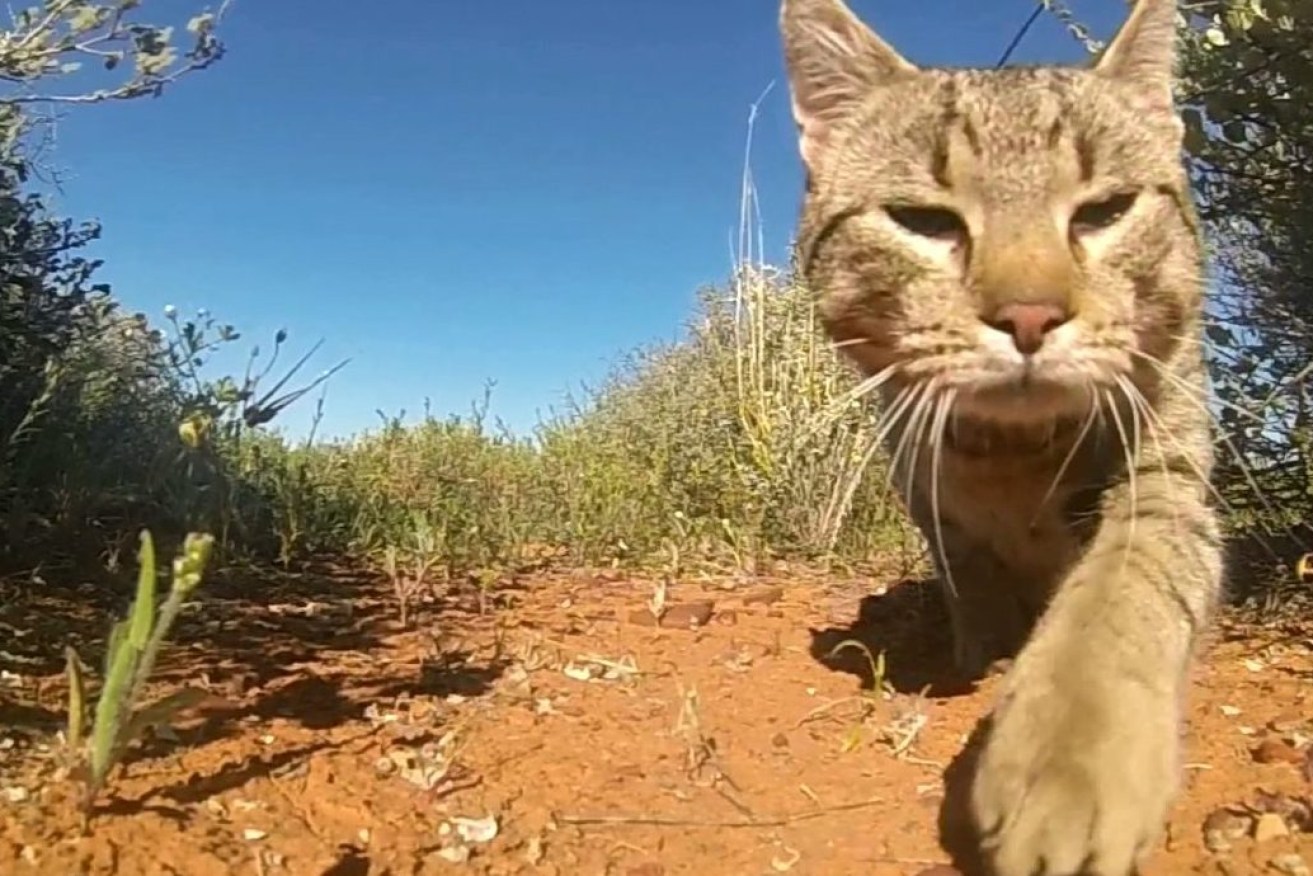How Queensland’s biosecurity system collapsed in costly, bureaucratic mess
An auditor general’s report on Queensland’s biosecurity has revealed poor leadership, bureaucracy and a lack of any clear strategy was a key factor in the spread of invasive species like fire ants, now spread across 700,000 hectares of south east Queensland and has cost $644 million.


The department did not have a state-wide strategy to deal with feral cats (AAP Image/Threatened Species Recovery Hub, Hugh McGregor),
A new strategy for the fire ant would cost an additional $593 million over four years and the auditor general report said experts were not united in a belief that the pest could be eradicated “but if left to spread, fire ants could cost Queensland billions of dollars”.
The report from the Auditor General was critical of Biosecurity Queensland and the Department of Agriculture and Fishers and said that its current strategy failed to address key challenges and did not define what its priorities were.
It said it was unclear whether entities were winning the fight against invasive species that they were managing and the initial delays in funding to deal with fire ants from the federal and state governments “likely contributed to the spread” in south east Queensland.
“They do not monitor and report on the outcomes of their activities across the biosecurity system and did not report on how many invasive species they had eradicated, how many they were trying to eradicate and how many they failed to eradicate. There was no reporting on how much funding was spent or the economic benefits,” the report said.
There wasn’t even a state-wide strategy for dealing with feral cats, despite the massive impact they had on native wildlife.
The report said it was even difficult to determine whether Biosecurity Queensland’s focus was on the right species and the department did not even have a complete picture of the number or spread of invasive species that it was trying to manage.
Staff within Biosecurity Queensland were even unclear about the role of the department. There was confusion over the roles of the department and councils in dealing with new and established pests.
Some councils didn’t even list fire ants in their biosecurity plans. About 25 per cent of council plans had not been updated since 2017.
Although Biosecurity Queensland was said to take a proactive approach it did not actively co-ordinate a state-wide approach across entities to manage established invasive species and the Department of Agriculture and Fisheries has not clearly determined how it would effectively deliver leadership.
The report said that decisions about what to do next in relation to the fire ant should be guided by independent assessments grounded in scientific data a modelling.
“Continuing to try to eradicate fire ants will take considerably more commitment and funding from the Commonwealth and state governments beyond what has already been provided,” it said.
The report recommended the department strengthened its leadership and set strategic priorities and prioritise funding as well as update its strategy.












